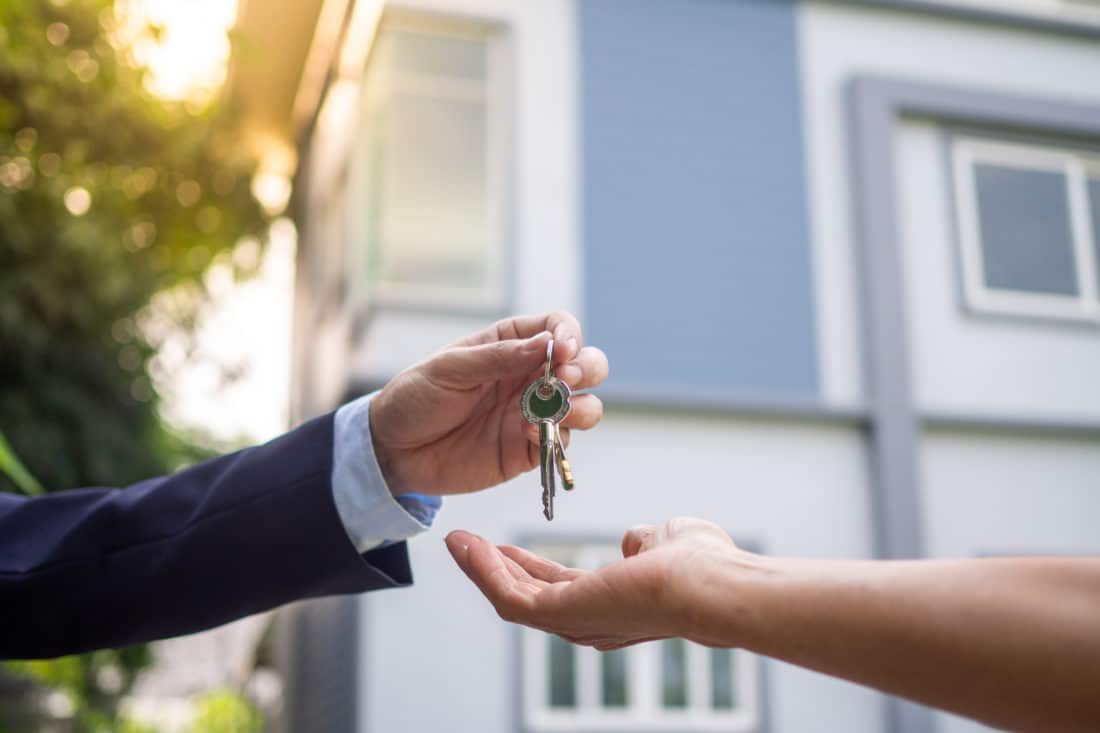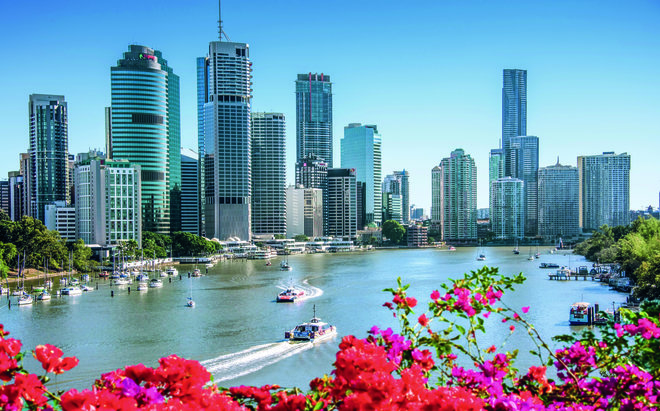As Australian cities continue to evolve, the concept of mixed-use developments has gained significant traction. These dynamic spaces, blending residential, commercial, and recreational elements, are transforming urban landscapes across the country. With an increasing focus on sustainability and efficient land use, mixed-use developments are not only shaping the future of real estate but also redefining how Australians live and work.
Understanding Mixed-Use Developments
Mixed-use developments combine multiple functions within a single project or building. Typically, these include residential apartments, office spaces, retail stores, and recreational areas. The goal is to create vibrant, integrated communities where people can live, work, and play without the need for long commutes or excessive travel.
The Rise of Mixed-Use Developments in Australia
Several factors are driving the growth of mixed-use developments in Australia:
Urbanization and Population Growth: As Australian cities like Sydney, Melbourne, and Brisbane experience rapid population growth, the demand for efficient land use has never been higher. Mixed-use developments offer a practical solution by maximizing space and providing a variety of services and amenities in one location.
Sustainability and Environmental Concerns: There is a growing emphasis on sustainable living practices. Mixed-use developments align with these values by reducing the need for transportation, lowering carbon footprints, and incorporating green building practices. Many new projects are designed to achieve high environmental ratings and incorporate energy-efficient technologies.
Changing Lifestyles: The modern lifestyle has shifted towards valuing convenience and community. People are increasingly looking for neighborhoods that offer easy access to essential services and recreational options. Mixed-use developments cater to these preferences by providing everything residents need within close proximity.
Economic Benefits: From an investment perspective, mixed-use developments offer diversified revenue streams. Developers and investors benefit from multiple income sources, including residential rents, commercial leases, and retail sales. This diversification can make mixed-use projects more financially resilient.

Notable Examples of Mixed-Use Developments in Australia
Several high-profile mixed-use projects in Australia highlight the trend’s success:
Barangaroo in Sydney: This expansive development has transformed a former industrial area into a bustling hub featuring office spaces, luxury residences, retail outlets, and public spaces. Barangaroo is a model of modern urban planning, emphasizing sustainability and community integration.
Southbank in Melbourne: Southbank is another prominent example, blending residential towers, cultural institutions, and entertainment venues. Its strategic location along the Yarra River has turned it into a vibrant precinct that attracts both residents and visitors.
Brisbane’s Howard Smith Wharves: This redevelopment project has revitalized a historic area, combining luxury apartments with dining, entertainment, and public spaces. The project showcases how mixed-use developments can breathe new life into heritage sites while offering contemporary amenities.
The growth of mixed-use developments in Australia represents a significant shift in urban planning and real estate. By integrating residential, commercial, and recreational spaces, these developments are setting new standards for convenience, sustainability, and community living. As Australian cities continue to grow and evolve, mixed-use developments will play a crucial role in shaping the future of urban environments.
For anyone involved in real estate or urban planning, understanding and embracing this trend will be essential for staying ahead in a rapidly changing market.
















